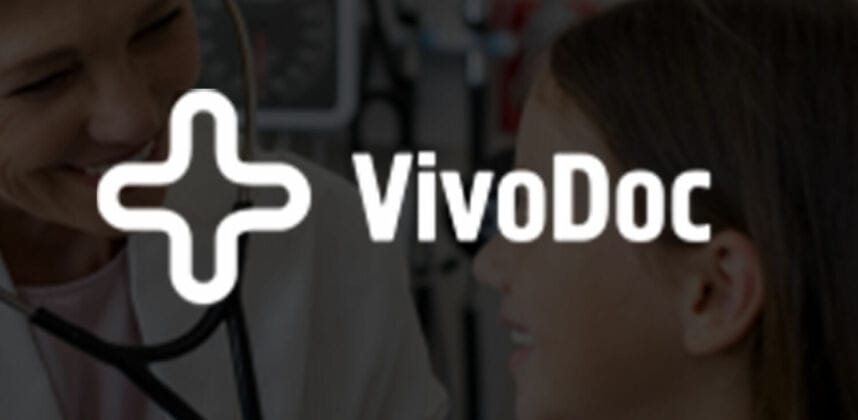Ready to Discuss Your Project?
Chat With Our Design Team
CREATIVE BRIEF
Let’s start with you. You may be a startup founder or a marketing manager, and you have an idea.
Maybe it’s the idea that inspired you to start your new business. Perhaps, it’s an idea for a new product or service, or simply a new direction you want to take your existing business in. Maybe it’s a campaign you want to do to promote a product or service.
At Digital Delane, our mission is to help people develop an idea, build it, and deliver it to the right audience.
The first step in this design process is when we ask you for guidance in the form of a creative brief. This creative brief sets the tone for the entire project, giving us a roadmap to help you navigate to your ideal destination. It’s the first and arguably one of the most important steps in the visual design process.
What is a creative brief? It’s a document that helps the designer understand the scope of the project and what’s needed from them. You’ll want to include as much relevant information as possible to reduce any confusion.
Be sure to include the following in your brief:
- Company details
- Brand guidelines
- Target audience
- What the final product should be (I.e. brochure, eBook, etc)
- Timeline expectations and milestones
- Budget
- What you intend viewers to do when they see the final product
- Examples of similar work you like (and don’t)
CREATIVE MARKETING RESEARCH
Depending on the scope of the project, you’ll want to include as much valuable information in your creative brief to minimize the time spent in this step. However, it’s still extremely valuable for designers to go through the researching phase themselves to build a better understanding of the audience they’re designing for (and how to make it work for you). Sometimes, a designer may even find insights that hadn’t been uncovered yet, such as an untapped market for your product.
The research phase of the graphic design process often involves things like:
- Looking at competitor designs
- Look at what the intended audience is engaging with on channels like social media
- Taking all of the knowledge they’ve learned and applying it to the project at hand
- Designers may also want to create a mood board or collection of comparable designs at this stage in order to get their ideas flowing. More on that below!
BRAINSTORMING
Before a designer goes full-throttle into a project, have them brainstorm some creative marketing ideas, and present them to you. This will minimize any frustration throughout the creative process. Don’t forget to outline this step in your creative brief!
If you have really strong ideas on how the final designs should look, it’s best to add in any relevant links or inspiration into the brief for clarity. This will help the designer understand what your goals are.
Once the designer presents 3-5 ideas from their brainstorming session, decide on which one you want to move forward with. This will make for a smooth graphic design workflow process that gets you the best results, fast.
REVIEW
When determining your milestones in your creative brief, be sure to check in with designers throughout the design process. The 10/50/99 feedback process ensures that you’re checking in at the most crucial parts of a project, allowing you to give the right feedback at the right time:
10% done — A skeleton, outline or wireframe of the final design. At this stage, you can give feedback on the vision and direction that the work is headed in.
50% done — The core components are coming together. The direction is no longer at debate so leave that feedback at the door. Instead, focus on whether or not the vision you determined is being visualized in the design.
99% done — The nitty-gritty design tweaks. Finally! You can start tweaking things like spacing, colors, you name it.
Often, people will break these review rules and start giving feedback on things like color choice or fonts at a stage where the designer has only outlined a skeleton. This is not only frustrating for the designer, it’s unproductive. Make sure to follow the above design review stages to keep your projects moving along smoothly.
FINAL PRODUCT
Yay! The design is complete. It’s time to get the final files (and invoice if working with an external design resource) and put the designs into action. If you want to go the extra mile, ask your designer for feedback on how they found the process, what they feel could be improved or tweaked, and then iterate your process. Over time, you’ll be able to scale your design process effectively.







